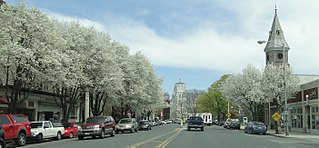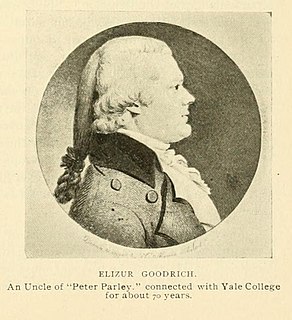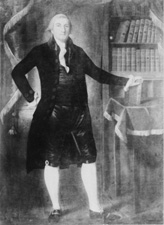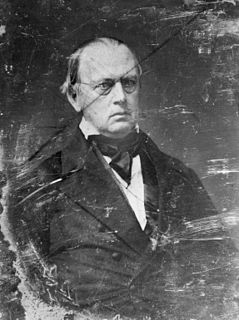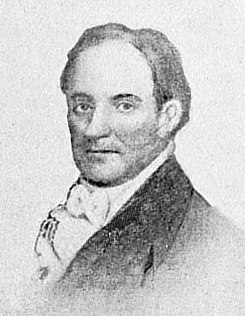- For similarly named people, including several Congressmen, see John Allen
| John Allen | |
|---|---|
| Member of the U.S.HouseofRepresentatives from Connecticut's At-large district | |
| In office March 4, 1797 –March 3, 1799 | |
| Preceded by | Samuel W. Dana |
| Succeeded by | Bailey Bartlett |
| Connecticut Supreme Court of Errors | |
| In office 1774–1776 | |
| Member of the Connecticut House of Representatives | |
| In office 1793-1796 | |
| Personal details | |
| Born | June 12, 1763 Great Barrington, Massachusetts, U.S. |
| Died | July 31, 1812 (aged 49) Litchfield, Connecticut, U.S. |
| Citizenship | |
| Political party | Federalist |
| Spouse(s) | Ursula McCurdy Allen |
| Relations | Elizur Goodrich |
| Children | John W. Allen and Ursula Allen |
| Alma mater | Litchfield Law School |
| Occupation | Lawyer, Politician |
John Allen (June 12, 1763 – July 31, 1812) was an eighteenth-century lawyer and politician. He served as a United States Representative from Connecticut and as a member of the Connecticut Supreme Court of Errors.

Connecticut is the southernmost state in the New England region of the United States. As of the 2010 Census, it has the highest per-capita income, Human Development Index (0.962), and median household income in the United States. It is bordered by Rhode Island to the east, Massachusetts to the north, New York to the west, and Long Island Sound to the south. Its capital is Hartford and its most populous city is Bridgeport. It is part of New England, although portions of it are often grouped with New York and New Jersey as the Tri-state area. The state is named for the Connecticut River which approximately bisects the state. The word "Connecticut" is derived from various anglicized spellings of an Algonquian word for "long tidal river".

The Connecticut Supreme Court, formerly known as the Connecticut Supreme Court of Errors, is the highest court in the U.S. state of Connecticut. It consists of a Chief Justice and six Associate Justices. The seven justices sit in Hartford, across the street from the Connecticut State Capitol. It generally holds eight sessions of two to three weeks per year, with one session each September through November and January through May. Justices are appointed by the governor and then approved by the Connecticut General Assembly.
